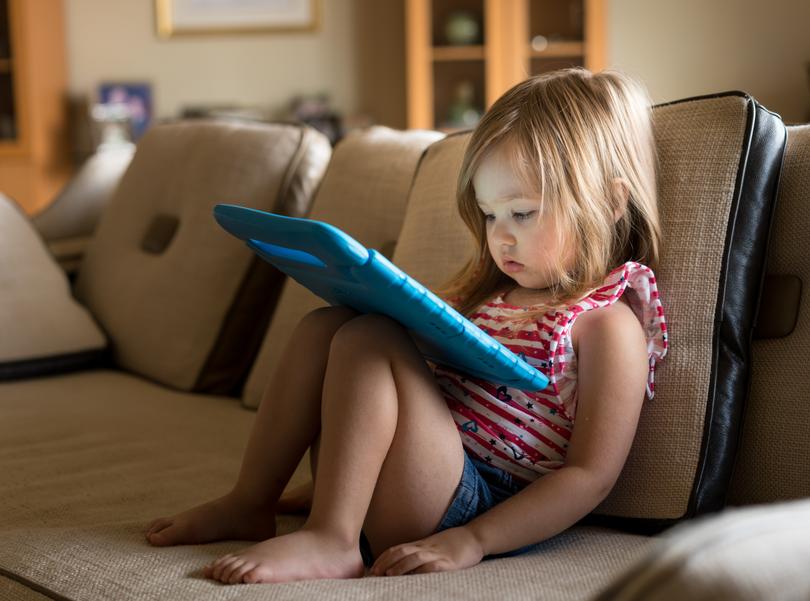Study reveals harmful effect of screen time on children’s eyesight, high rate of Myopia

Experts have told of their fears for the vision of youngsters who are spending less time outdoors and more time staring at screens.
The concern is the Covid pandemic, which saw millions forced to stay indoors, may have ‘accelerated vision deterioration’ in children.
The landmark global analysis revealed one in three are now short-sighted or unable to see things clearly in the distance.
Sign up to The Nightly's newsletters.
Get the first look at the digital newspaper, curated daily stories and breaking headlines delivered to your inbox.
By continuing you agree to our Terms and Privacy Policy.Globally, rates of myopia – the medical term for short-sightedness – tripled between 1990 and 2023, rising to 36 per cent.
Researchers, from Sun Yat-sen University in Guangzhou, China, analysed 276 studies involving more than five million children in 50 countries.
The highest rates of myopia were found in East Asia, with 86 per cent of children in Japan and 74 per cent in South Korea diagnosed with the condition. By comparison, Paraguay and Uganda recorded some of the lowest levels at around one per cent while the UK and US stood at roughly 15 per cent.

Girls are likely to have higher rates than boys because they tend to spend less time doing outdoor activities at school and are at home as they grow up.
The Chinese scientists said: “Evidence suggests a potential association between the pandemic and accelerated vision deterioration in young adults.’
The condition often runs in families and has been linked to focusing on nearby objects, such as books and computers, for long periods in childhood.
Some 20 million Britons and 137 million Americans are thought to have it. The World Health Organization estimates more than half of the global population will be suffering from short-sightedness by 2050 due to rises in time spent indoors and doing ‘near work’.
The Guangzhou team, in the British Journal of Ophthalmology, added: ‘Given the large sample size, our estimates of the prevalence of myopia are considered to be close to the precise number.’
Signs of the condition include sitting close to the TV, complaining of headaches or tired eyes and regularly rubbing their eyes.
UK eye experts have long advised children to spend at least two hours outside every day.
It is not clear if it is the presence of sunlight, the exercise or the fact eyes are focusing on objects further away that is valuable. Myopia cannot be cured only corrected with glasses or contact lenses.
